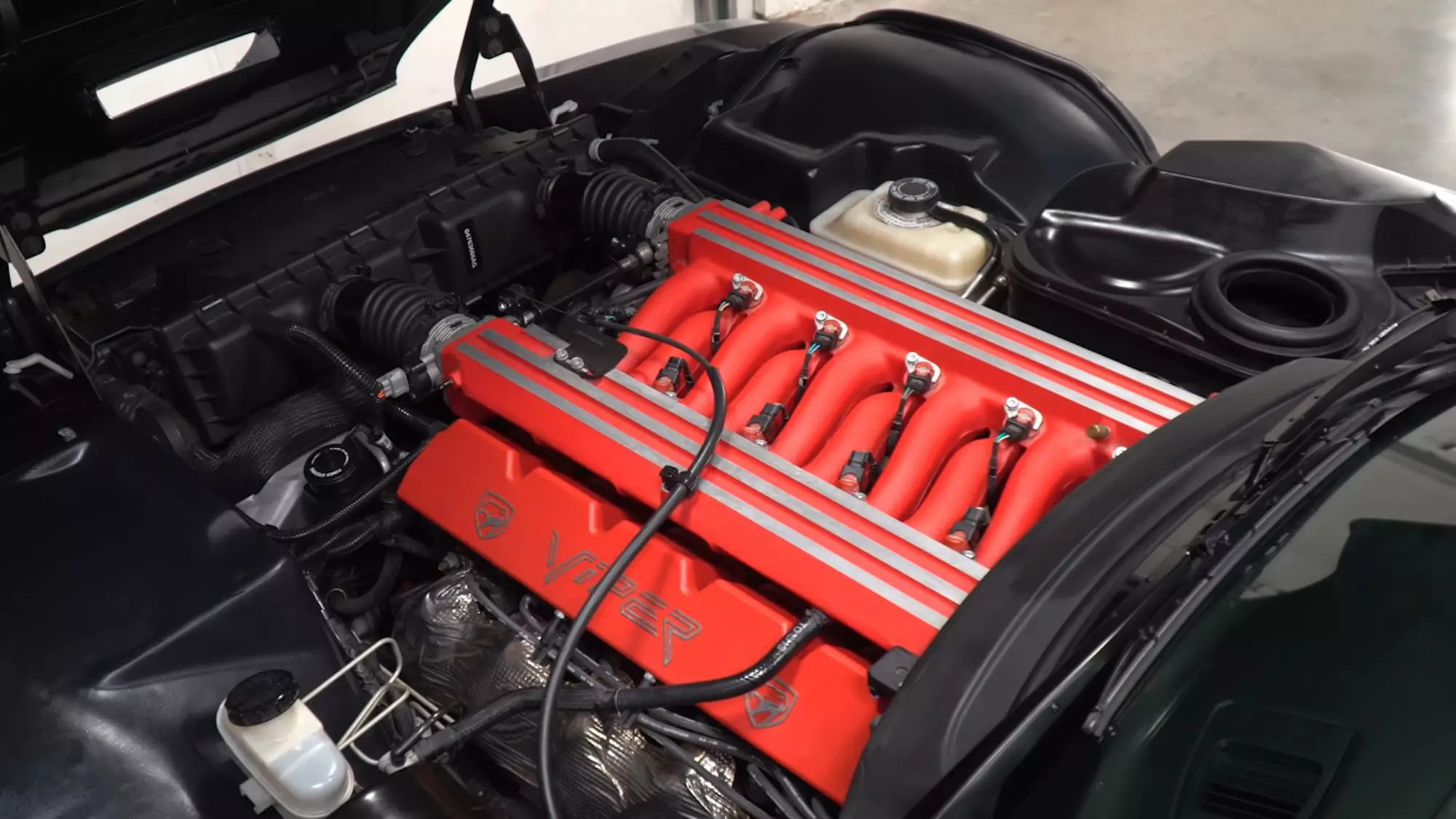It was in 1997 that we got to know the Dodge Viper GTS, the coupe of the American "monster", which equipped the well-known 8.0 l naturally aspirated V10 engine, which now produces 50 hp more than the original roadster, settling on a "fat" 456 hp of power.
This specimen, from the year 2000, has 61,555 km on the odometer and is still completely original. Could it be that 21 years later, the declared 456 hp of the portentous 10-cylinder “V” block are still all there?
To answer this question, nothing better than taking the Viper GTS to the power bank.

But in addition to the power bank test, those responsible for YouTube channel Four Eyes took the opportunity to see if there were possibilities to improve the performance of the huge V10, using only a computer, changing its mapping — despite being old, the Viper GTS is recent enough to allow this type of manipulation, even taking advantage of the advances made in this area in the last two decades.
The first step of this exercise was to realize how much power it was delivering and the result was quite positive: 415 hp (410 hp) measured at the wheels. This means that, taking into account transmission losses (usually between 10% and 15%), the 8.0 V10 must be charging the crankshaft a power value in line with that declared as new — not bad considering its 21 years.
However, this first test immediately identified an area where it was possible to improve the V10's performance and get more power. In a certain range of revolutions, it was found that the air-fuel mixture was too rich (it is injecting more fuel than necessary), which caused a break in the torque curve.
A new mapping of the engine control unit, which optimized the air-fuel mixture in these regimes, soon ensured an increase in power of 8 hp to the wheels.

The next step was the optimization of the ignition, advancing it, where it was possible to get another 10 hp, to which an additional 10 hp is added, achieved through a new adjustment of the air-fuel ratio.
In total, after five «tweaks» in the electronic management of the engine, it was possible to «start» another 29 hp from the colossal 8.0 l V10 engine, which thus began to deliver 444 hp (and 655 Nm), measured to the wheels, against the 415 hp (and 610 Nm) of the first test, which represents a 6.8% gain in power (and 7.3% in torque).
In other words, 21 years later, this Dodge Viper GTS is squeezing out more power and torque than it did when it left the factory, and all this without changing a single component — just adjusting the "bits and bytes" that control them — which shows well. the potential that this monumental V10 engine had when it was unveiled.
A small road test made it possible to prove the gains, measuring the Viper's acceleration time in second gear, between 30 mph and 80 mph, that is, between 48 km/h and 129 km/h — yes, the second of the Viper is long. Before the power bank tests the time was 5.9s, then dropping to 5.5s (minus 0.4s) — a significant difference...
